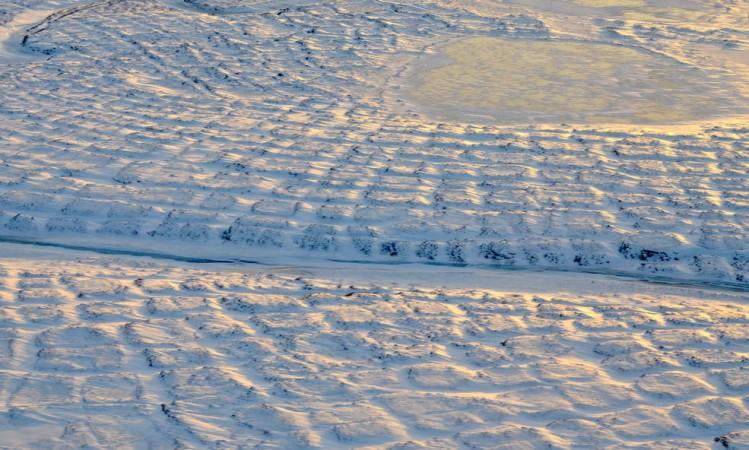
A new NASA-led study has revealed that permafrost in the coldest northern Arctic is no longer safe from global warming, and is likely to thaw enough to become a permanent source of carbon to the atmosphere over the next few decades.
According to the study, the peak transition is expected to occur in the next 40 to 60 years, and total carbon emission from the region by 2300 could be 10 times more than all human-produced fossil fuel emissions in 2016 if the thawing trend continues.
More southern permafrost regions, however, will not become a carbon source until the end of 22nd century, despite thawing. According to the study, this is happening because other altering Arctic processes will offset the thawing effects in these regions.
"Some of the very cold, stable permafrost in the highest latitudes in Alaska and Siberia appeared to be sheltered from extreme climate change, and we didn't expect much impact over the next couple hundred years," Nicholas Parazoo of NASA's Jet Propulsion Laboratory and the study's lead scientist said in a statement, adding that sooner transition of colder region than the warmer one came as a surprise.
Permafrost, a frozen soil under topsoil, can store carbon both as peat and as methane. It is full of carbon-rich organic material like leaves that freeze without decaying. As rising Arctic air temperatures melt the permafrost, the organic material decomposes and releases carbon to the atmosphere in the form of greenhouse gases.
As part of the study, the researchers evaluated when the Arctic will turn into a carbon source. In the process, the Arctic was divided into two regions of equal size, including a colder northern region and a warmer southern belt encircling the northern region.
According to Parazoo, the transition in the southern region was slower in the model simulations because plant growth there increased much faster than expected. Since plants help remove carbon dioxide from the air during photosynthesis, increased plant growth means less carbon in the atmosphere.















